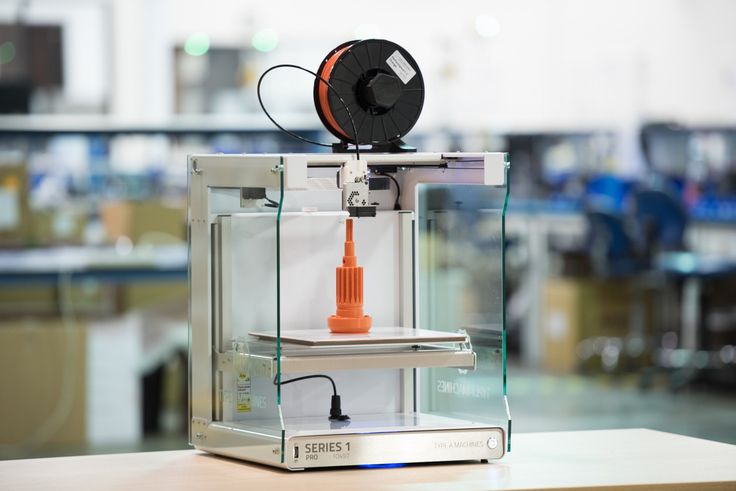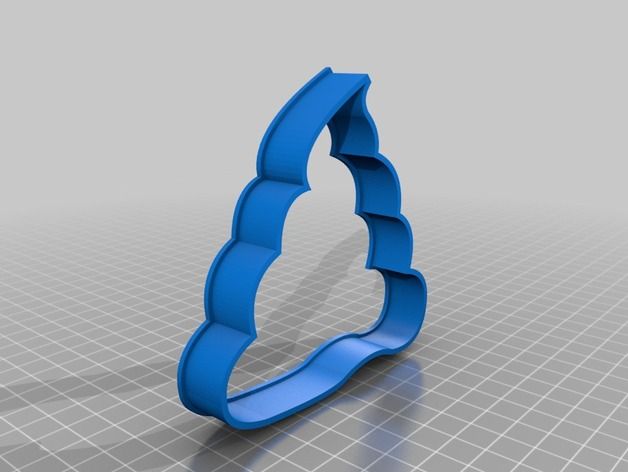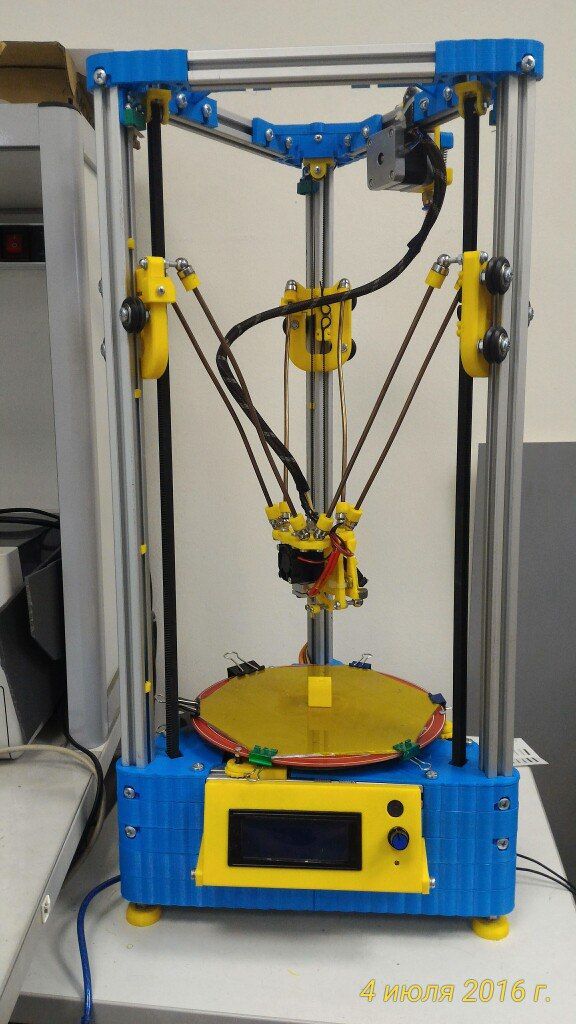Can i buy a 3d printed house
These 3D Printed Houses Are Available Today
Our market research shows that an incredibly large number of you are interested in 3D printed houses. You want to know when they’ll be available, how much they’ll cost, and how big they can be built. It’s all rather unusual because we’re not sure what the appeal of 3D printed houses would be. Given the exorbitant real estate prices these days, maybe it’s the appeal of a cheaper method of manufacturing houses?
Around three years ago, we looked at 8 Startups Building Robotic Construction Workers, one of which was a firm called Cazza which offered the world a 3D rendering of a robot 3D printing a building.
Credit: CazzaThat’s about as far as they got. Today, their website domain is up for sale for $20,000, presumably so they can return something to their investors who plowed $950,000 into the idea. (Equity crowdfunding zealots, take note.) On the plus side, several 3D printing construction startups have stepped in to fill the void. Before we get into all that, let’s answer the big question.
When Will 3D Printed Houses be Available?
The answer is today. A company called ICON procured a concrete 3D printer and worked with an award-winning designer to print some of the world’s first 3D printed houses that are available today to purchase. If you go to the following link – East 17th Street Residences – and wait 20 minutes for all the graphics to load, you’ll see these beautiful houses, some of which are still for sale. (We’d love to hear from anyone who has or will pull the trigger on one of these.) If you’re the type of person whose next question is, “how big can 3D houses be built?”, you probably don’t care too much about cost. (You lucky bastard.) For peasants like us, cost is a huge factor.
How Much do 3D Printed Houses Cost?
How long is a piece of string? The better question to ask here is, “are 3D printed houses more affordable than houses constructed using traditional construction methods?” If we look at ICON’s value proposition, it’s obvious that cost is not an initial selling point.
The Vulcan can produce resilient, single-story homes faster than conventional methods and with less waste and more design freedom.
The Vulcan
The Vulcan is a 9,500-pound robot that churns out cement structures on demand. ICON passed over the usual “cobot arm pouring crete” model and skipped right to a robot that doesn’t look like you might expect.
It never smokes weed on the job – Credit: ICONVulcan can create structures faster than traditional methods, with less “wasted building materials,” and with a seemingly infinite number of configurations. Engineers like to talk about the three-legged stool – time, money, and quality. You can have two, but the other you need to sacrifice. If Vulcan can 3D print a 3,000 sq foot house in a quarter the time it takes tweakers extremely detail-oriented construction workers, then that’s going to come with a cost.
Pop quiz. Read the below statement and see if you can guess which income bracket a house like this might be targeted towards.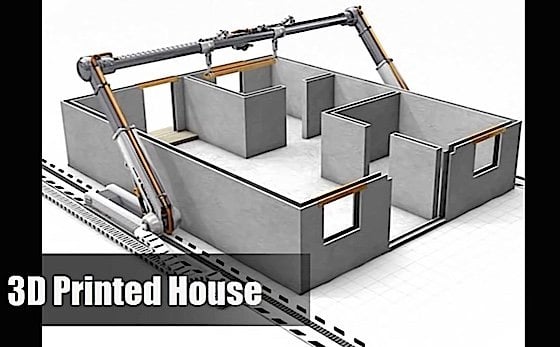
The first home in ICON’s Exploration Series, “House Zero,” is designed by the award-winning firm, Lake|Flato Architects and features an elevated architectural and energy efficient design that highlights the benefits of resiliency and sustainability only found in homebuilding through 3D printing.
Award-winning creators of mid-century modernist ranch house aesthetics don’t come with average price tags. Do they?
How to Get a 3D Printed House
We didn’t have the time to inquire as to the prices of ICON’s 3D printed houses, but luckily someone else did, and they were competent enough to include all the relevant information in a single paragraph we could copy-paste. (CTRL-C, CTRL-V.)
A new development in East Austin is selling four houses built using ICON’s technology, starting at $450,000 (roughly the median home price in Austin at present). To be clear, ICON 3D-printed the first floor of each of the two- to four-bedroom homes in the new East 17th Street Residences development; the upper floors were built using conventional construction.
Credit: The VergeThey’ll be ready for move-in this summer.
So, one floor was built the traditional way, and one using 3D printing. Still, you’re getting “award winning design” and ultimate configurability for the same price as traditional construction methods with houses being constructed on demand in a weeks’ time. Where do we sign up? On their website, of course. Let’s take a closer look at the company making this happen by actually 3D printing the structures – ICON.
About ICON
Founded in 2017, Austin’s own ICON has taken in $266.5 million in disclosed funding to build “a construction technologies company using 3D robotics, software and advanced materials to revolutionize homebuilding.” A good chunk of that funding came in the form of a $207 million round that was announced just yesterday. Investors include Citibank and NASA, the latter which ICON seems to cater to by putting their space-related efforts front and center on their website. Being able to rapidly construct large shelters will come in handy when we land on Mars or the moon, two places that ICON talks about being suitable places to use their platform.
Being able to rapidly construct large shelters will come in handy when we land on Mars or the moon, two places that ICON talks about being suitable places to use their platform.
But for now, they’re focused on 3D printing buildings here on earth. To date, ICON has delivered more than two dozen 3D printed homes and structures across the U.S. and Mexico—more than any other construction tech company. What makes the whole thing possible is an advanced polymer concrete called LavaCrete.
LavaCrete vs. Concrete
Most houses use concrete for their foundations, but it’s not typical for an entire house to be built of concrete. (Over 90% of American homes are built using wood.) That’s because concrete is quite difficult to work with. It needs to be mixed, poured into molds, and then given plenty of time to cure. The secret sauce behind ICON’s 3D printed houses is an advanced polymer material called LavaCrete.
People who shower before going to work probably don’t know much about concrete.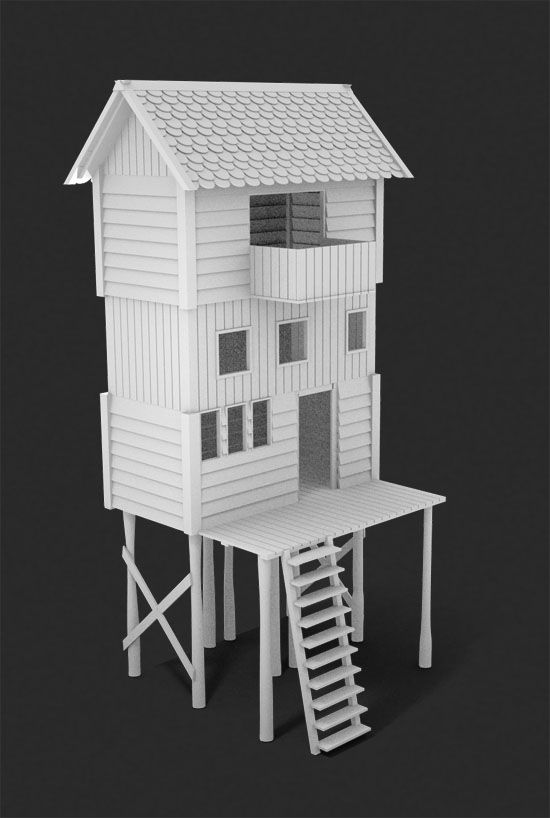 Those who shower after work probably know the basics of laying concrete. Second only to water, concrete is the most consumed material, with three tones per year used for every person in the world. If you pour a concrete driveway, it cures to about 70% strength in a week. That’s bog-standard concrete, but high-performance concrete is a whole different story.
Those who shower after work probably know the basics of laying concrete. Second only to water, concrete is the most consumed material, with three tones per year used for every person in the world. If you pour a concrete driveway, it cures to about 70% strength in a week. That’s bog-standard concrete, but high-performance concrete is a whole different story.
The LavaCrete series of high-performance polymer concretes seen above can be applied and returned to service the same or next day and can cure at temperatures down to 40 degrees Fahrenheit. These products are all about speed of installation and chemical resistance. “Because of their quick cure times, these products are often used in food processing plants where return-to-service time is measured in hours,” said Tnemec, the company that makes the stuff. It’s a high-performance material that provides three times the bond of normal concrete with corrosion resistance embedded. In short, the advanced polymer concrete used by ICON is a critically important part of their value proposition.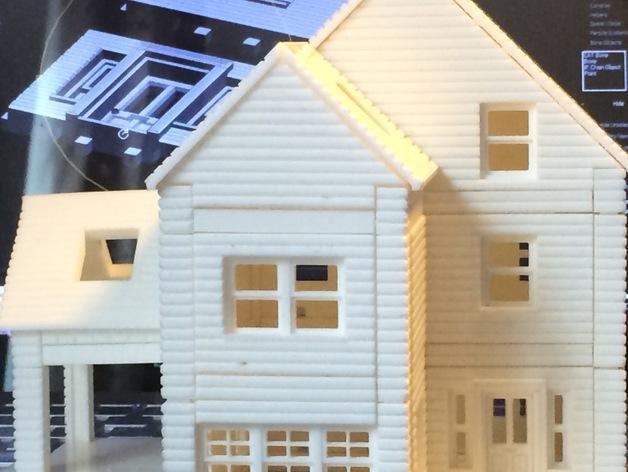
LavaCrete Use Cases
The strongest performance characteristics of ICON’s platform are configurability and quick-drying concrete. What use cases might require constructing buildings quickly on demand using dynamic configurations? The military comes to mind, and ICON is dabbling there.
The largest 3D-printed structure in North America at 3,800 sq.-ft. can house 72 soldiers – Credit: ICONThe real benefit of this platform is the speed at which it can build structures. Of course, being able to build a house in a week instead of several months is only a benefit if someone wants to buy it. That’s why it’s important for ICON 3D printed houses to look as appealing as traditional homes. And they certainly do from our perspective.
The irregular layers are all part of the charm – Credit: ICONWe’d like to see a detailed case study showing the benefits of having a house constructed using 3D printing so we can try to gauge what sort of genuine demand there might be on the consumer side aside from just personal curiosity which may be driving all this interest we’re seeing.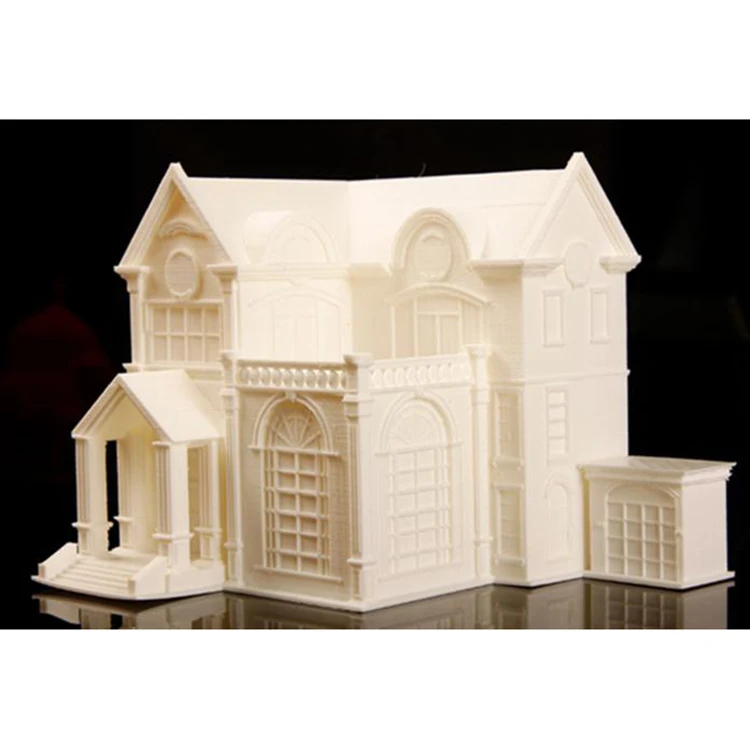 ICON needs to show construction firms that money can be saved using Vulcan as opposed to traditional methods. Finally, they need to compare the “residential construction” value proposition to see if 3D printed houses are the way forward. Having some 3D printed houses still offered for sale makes us wonder just what demand is like for a completely new method of construction. Consumers may need some time to adjust. In the meantime, other use cases might prove to be more economically viable.
ICON needs to show construction firms that money can be saved using Vulcan as opposed to traditional methods. Finally, they need to compare the “residential construction” value proposition to see if 3D printed houses are the way forward. Having some 3D printed houses still offered for sale makes us wonder just what demand is like for a completely new method of construction. Consumers may need some time to adjust. In the meantime, other use cases might prove to be more economically viable.
The Competition
ICON isn’t the only company dabbling in construction using 3d printing. A firm called Mighty Buildings is using 3D printing technology in a different manner. Their own 3D printed material and unique printing process is used to create panels at a central location and then they’re shipped to where the house is being built. The idea seems to have legs as the company has raised $101.8 million in disclosed funding so far from a whole slew of investors including notable venture capital firm Khosla and Alumni Ventures Group.
Is using 3D printed panels for modular construction considered a 3D printed building? Who knows, but if it helps reduce construction costs and aids with the affordable housing crisis, then that’s a good thing. The company says that’s their aim, but then we see stuff like this.
Our unique turnkey services using Mighty Kit System are starting at $339,000 and can be customized to your liking.
Credit: Mighty Buildings
3D printed structures were originally thought of as a way to solve the housing crisis by building affordable homes. That’s not the direction this whole thing appears to be taking, though ICON is involved in a project to print enough 3D printed habitats to house 40% of Austin’s homeless population. What’s clear is that the ideal 3D printed home may not be entirely constructed using additive manufacturing. The construction industry is one of the most technologically backwards industries around, and there are many ways traditional construction methods can be improved without the need for a 4.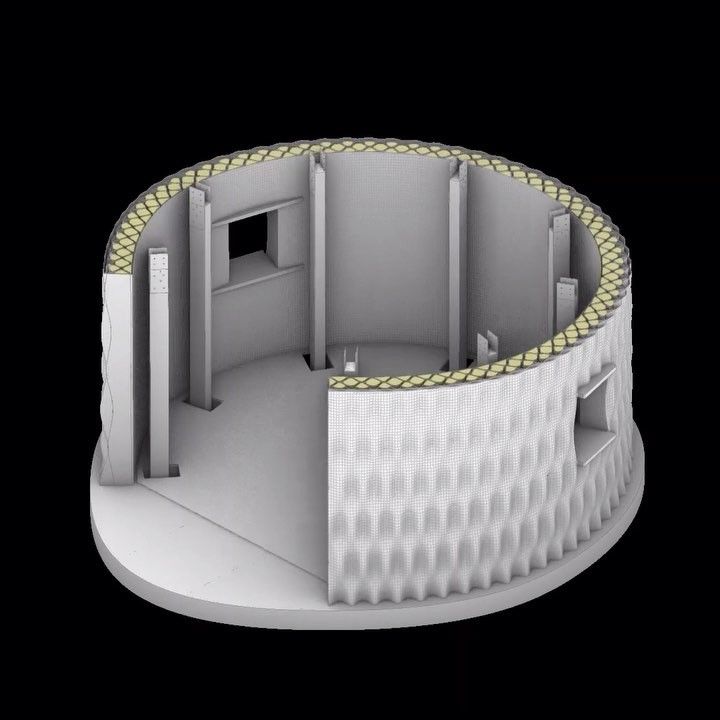 75 ton- concrete 3D printing robot. (We cover this in our recent piece on Procore – A Pure-Play Construction Tech Stock.)
75 ton- concrete 3D printing robot. (We cover this in our recent piece on Procore – A Pure-Play Construction Tech Stock.)
Numerous companies are likely to be dabbling in 3d printed construction, and we may look to do a summary of them all in a later piece. If you want to be included, just drop the name of your sacred cow in the comments section below and we’ll see it makes the grade.
Conclusion
There’s a lot of banter among tech rags as to who built the first 3D printed house. We’d rather know about companies that build 3D printed houses you can buy today as opposed to one-off proof of concepts. The company under the spotlight right now is ICON, and their recent funding round and novel way of producing housing structures may prove to be a lucrative business, no matter what the ideal use case might be for quick-drying 3D printed concrete.
Tech investing is extremely risky. Minimize your risk with our stock research, investment tools, and portfolios, and find out which tech stocks you should avoid.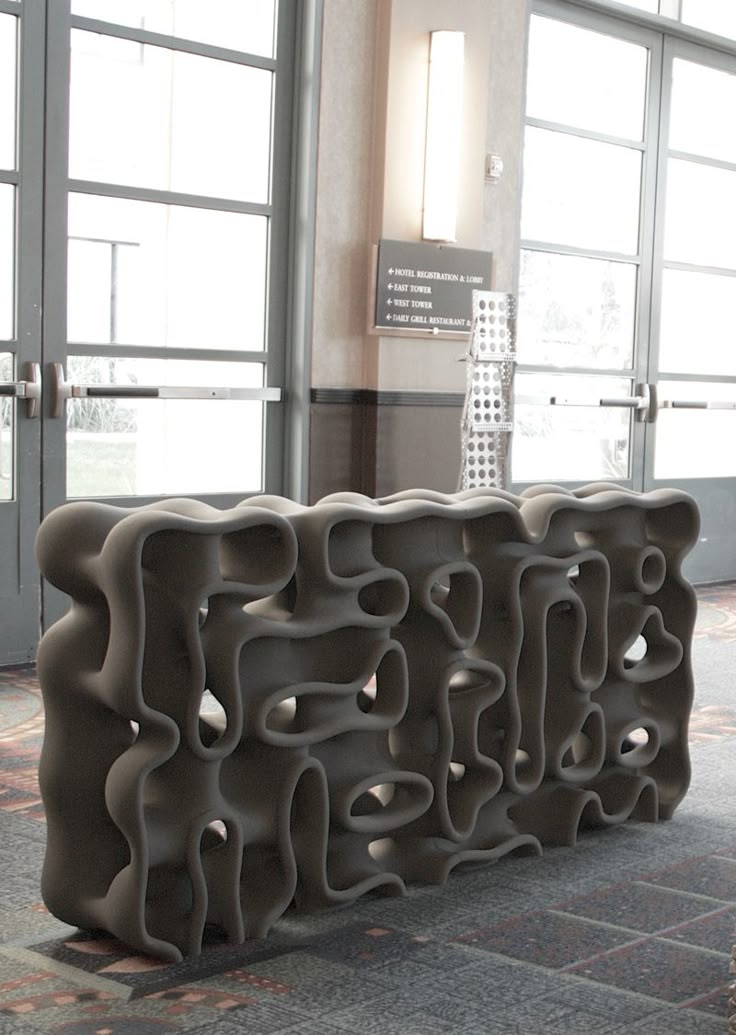 Become a Nanalyze Premium member and find out today!
Become a Nanalyze Premium member and find out today!
When will 3D printed houses become available on the housing market?
Construction 3D printing has quietly positioned itself as the outstanding future of home building. 3D printed housing promises cheaper, yet just as durable and diversely designed housing options that can be built from the ground up in a matter of days instead of months. Well, that is the promise.
But one thing that many real estate investors along the general population is still in the dark about, is just when this technology – if ever – becomes available to everyday customers looking to construct or buy their dream homes.
In this article, we shall attempt to answer definitively this very question, and hopefully, provide a realistic timeline in the process as to when 3D printed houses as well as construction 3D printing in general, would become feasibly available to serve as practical alternatives to conventional housing and construction.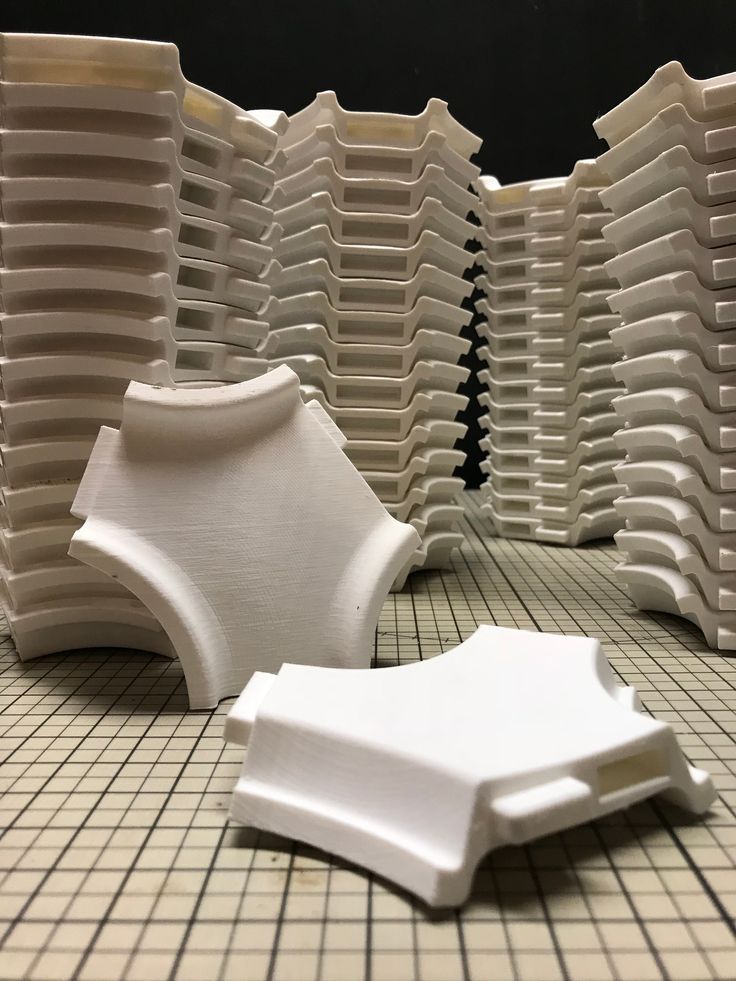
Right now, practically, only haus.me is offering 3D printed houses that are for sale. But these are of the prefabricated variety.
PassivDom’s self-sustainable 3D printed house. Available from haus.me. Photo curtesy of PassivDomAlmost all other 3D construction printer makers and construction 3D printing service providers tend to work with large-scale or high-profile projects where the municipality is either involved or was engaged for a long time in order to be granted construction permits.
The biggest roadblock, arguably, is government regulations regarding what can or cannot be allowed as a means of construction. Government regulations and construction permits vary wildly across the globe. But one thing they all have in common is the reluctance of public bodies to allow bleeding-edge technology to be used by the general population at such an early stage.
Construction 3D printing is going to be used extensively in 2020 and beyond by governments, NGOs (Non-government organizations) and private corporations.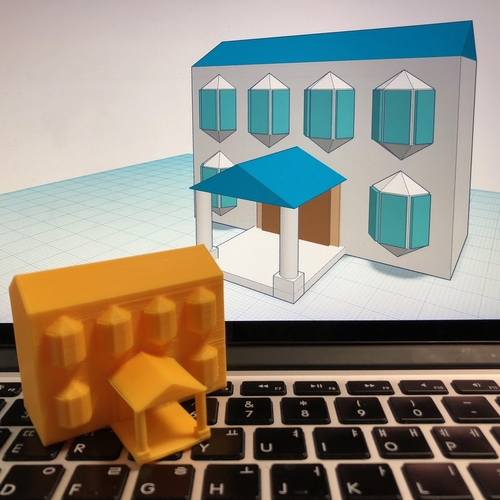
Update: Between late November and early December 2021, home builder SQ4D announced the listing of the first 3D printed family home on the open market via Zillow.com. The home located in Riverhead, NY, has 3-bedroom 2 baths and comes with a price tag just shy of 300k.
3D printed house listed for sale on the MLS in 2021The kitchen of 3D printed house listed for sale on the MLS in 2021The reasons range from remaining leaders in cutting edge technology such as with Dubai’s commitment to have at least 25% of all new buildings constructed by 2025 and beyond to be 3D printed, to taking advantage of the shortened construction times such as with KSA’s commitment to create 1.5 million new private sector homes by 2030.
One thing that does not seem to be on-cards this year, however, is for construction 3D printing services to become available to the mass public. And while some pessimistic views hold that it may well be another decade before you and I can purchase our own 3D printed house or hire a construction 3D printing contractor the same way as a conventional construction contractor.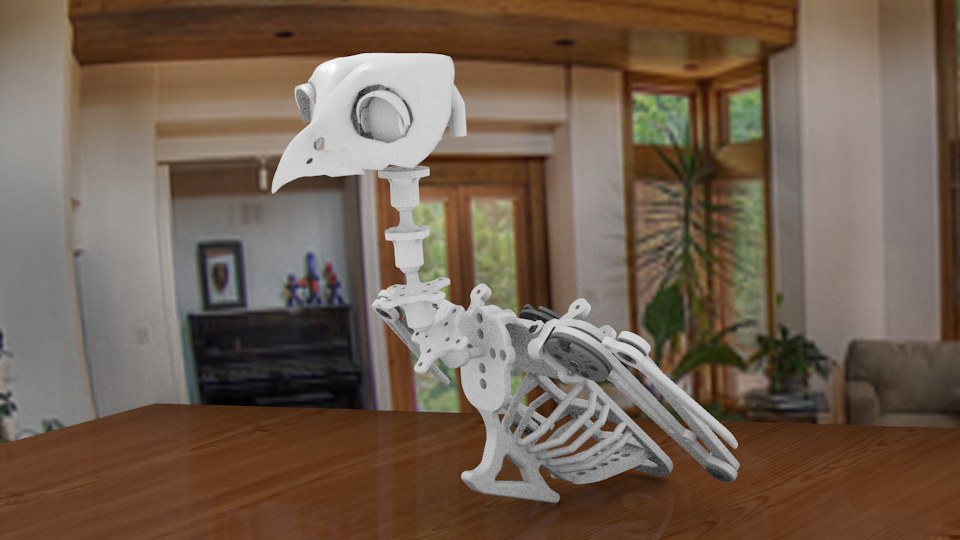 However, based on prior and current projections, it is very possible that the development process will mature a lot sooner than later.
However, based on prior and current projections, it is very possible that the development process will mature a lot sooner than later.
All major construction 3D printer vendors have already committed themselves to providing their construction 3D printing technology to a number of customers. This includes the likes of COBOD, ICON and many more.
In the United States, the first ever commercial permit to build a 3D printed house has been awarded to an Austin Texas based company and construction is set to begin on February 2020.
The Genesis 3D printed building being developed by Sunconomy in Austin Texas. Photo curtesy of SunconomyAnother major contributory factor to believe in a quicker timescale would be the amount of consumer interest as well as the low entry barrier for new and existing engineering firms to adopt construction 3D printing technology as a means to tackle the sky-rocketing housing and construction costs.
Places such as India, Canada, the Middle East, China and many nations in Europe have start-ups springing up all the time who are making concrete 3D printing that much more viable while optimizing their bespoke hardware to work best with locally available materials.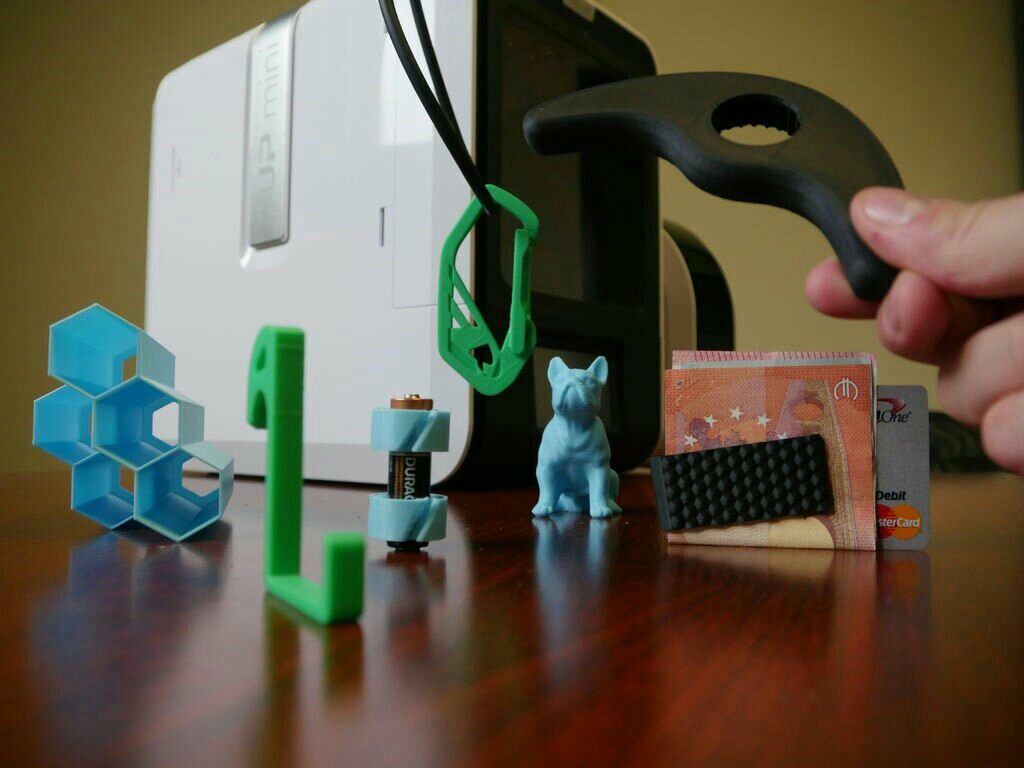
The first for-sale 3D printed houses in Eindhoven this year are a testament to how quickly the industry wants to progress to a point where 3D printed houses are the norm and not the novelty.
In five to six years’ time, expect at least the developed world to offer ready-to-print housing services, or at the very least, much more easily procurable construction 3D printing services for the average home seeker.
While it is safer to assume that the timeline for construction 3D printing to become much more viable and practical would be short. It would also equally be foolish to assume that the cost benefits would be transferred by all pioneering services onto the consumer.
Large sums of money are being spent in R&D for construction 3D printing every year. Once we reach a critical point where construction 3D printing is reliable, easy-to-use and cost-effective enough to be deployed at large-scale and on-demand, companies would rightly want to recoup at least a good part of their investments in the short-run.
Pricing of 3D printed houses is being targeted as costing half as much as conventionally constructed houses. However, a good rule for at least the first wave of available services is for it to cost around 70%-80% of conventional housing once you account for all additional costs – such as transportation of either the equipment itself, or the off-site 3D printed house modules. While these costs are incurred by the contractor, they will inevitably be transferred to consumers until competition pushes prices downward.
In some early cases, it may well cost more than conventional construction – such as with weprinthouses.com – for the novelty and innovation of the technology itself.
Over the long run however, we may see prices go down to somewhere around half of what conventional housing costs for small scale projects.
This is of course, excluding finishing costs, since those can be as extravagant or as low as one would want. But smartly designed 3D printed houses, should in theory, reduce finishing as well as long term maintenance costs.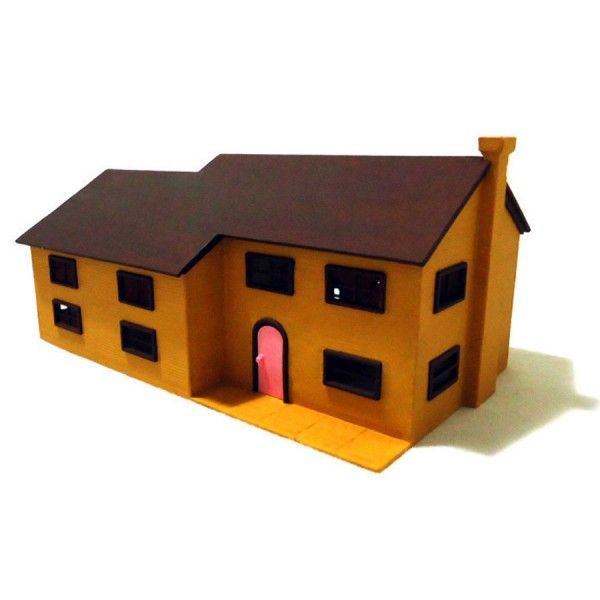
See our complete guide, 3D printed houses – the definitive guide for an in depth look at 3D printed houses and the technology used to build them.
Construction 3D printing is, in our times, a very real technology. Slowly but surely, construction 3D printing is leaving behind its “prototyping” phase and is being applied to real world applications where its advantages and promises have been highlighted in contrast to conventional construction.
We have come a long way from the automated brick-laying systems tested and experimented with more than 60 years ago.
Today’s 3D construction printers are capable, at least from a purely technological point of view, of 3D printing the entire concrete – or other suitable material – gray structure of the house in one go. Provided, of course, that the house or building being constructed via construction 3D printing fits within the “Printing Area” of the 3D printer.
And while we are not at the point where a single construction machine would be capable of 3D printing an entire house with all its amenities; such as electrical wiring, plumbing, decorations and so on.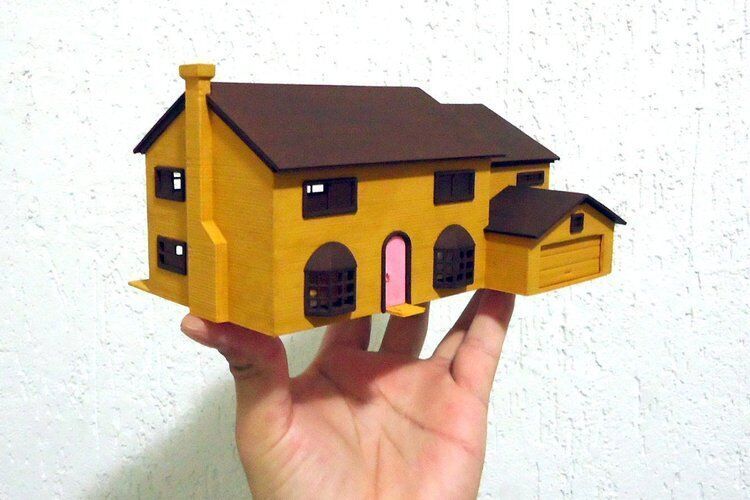 It does not in any way, take away from the fact that even simply being able to 3D print the gray structure (the walls) automatically via a construction 3D printer is a big step up from the technological constraints of conventional construction.
It does not in any way, take away from the fact that even simply being able to 3D print the gray structure (the walls) automatically via a construction 3D printer is a big step up from the technological constraints of conventional construction.
Some notable examples of the progress of construction 3D printing technology – inching us ever closer to the future of 3D printing entire houses on our own – are:
Most recently, Apis Cor deployed their signature robotic-arm based construction 3D printer to 3D print the world’s largest 3D printed building ever – a 6900 square feet office for the Dubai Municipality which was finished – amazingly – after just two weeks of construction time.
The current focus of Apis Cor has now shifted much closer to home with the firm seeking to 3D print the first ever 3D printed house in Santa Barbara County, California.
COBOD’s clientele notably also includes the Kingdom of Saudi Arabia.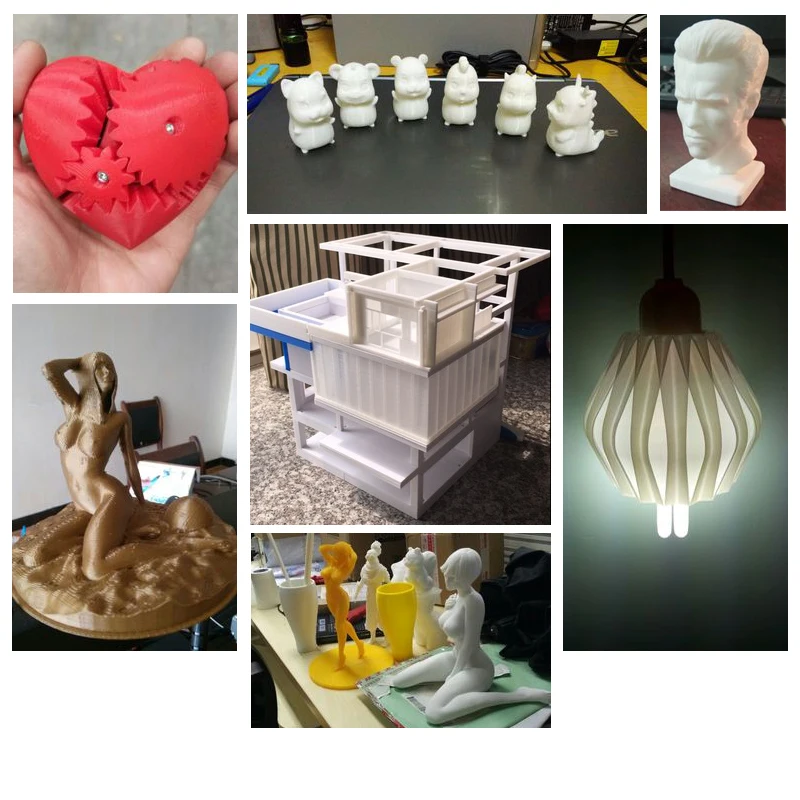 To whom they have delivered their largest ever Gantry-style 3D construction printer that is capable of 3D printing 3 story tall buildings in one go.
To whom they have delivered their largest ever Gantry-style 3D construction printer that is capable of 3D printing 3 story tall buildings in one go.
ICON partnered with the non-profit New Story to 3D Print a whole community of some 50 3D printed houses in El Salvador, Mexico, demonstrating on-site the reliability and dependability of their approach.
Other noteworthy examples of the progress of construction 3D printing of course include the likes of Winsun and its Chinese competitors who have pioneered off-site 3D construction printing. As well as the likes of CyBe and Batiprint, whom are responsible for ongoing developments of construction 3D printing in Europe.
Milestone Eindhoven project by Houben VanMierlo Architecten. Photo curtesy of Houben VanMierloDubai envisions a reduction of 90% in overall costs as well as a reduction of 80% in lead times for its various sectors. And that is with only 25% of all activities slated to involve 3D printing.
A similar story would be told across the globe.![]() China recently completed the world’s largest 3D printed structure with Winsun finishing a revetment in the Suzhou area that is more than 500 meters long. The resultant revetment is just as strong, cost significantly less, and was able to follow the natural contours of the shoreline.
China recently completed the world’s largest 3D printed structure with Winsun finishing a revetment in the Suzhou area that is more than 500 meters long. The resultant revetment is just as strong, cost significantly less, and was able to follow the natural contours of the shoreline.
Lead times are cut down to days (or even singleday) from at least months or even years for large-scale projects. New building materials are being introduced. Material costs are reduced by a good chunk thanks to the lack of wastage, as well as precise layer-by-layer deposition of construction material.
Unskilled labor cost is mostly eliminated down to nil. While skilled labor is only required, at most, in a handful amount for small projects.
Make no mistake here: construction 3D printing, over the long run, will be nothing short of a revolution for both the construction and the housing industry on a global scale.
Things are changing fast in the world of construction 3D printing. And soon that change will be apparent for us to see and live in.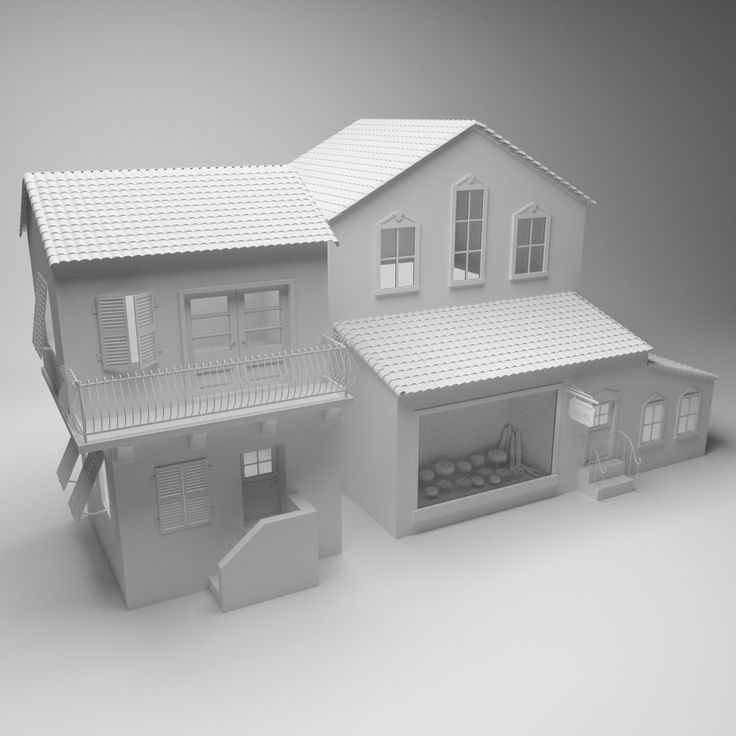
Tags: 3D printed houseConstruction 3D printing
How much does a 3D printed house cost?
3DPrintStory News How much does a 3D printed house cost?
Every new innovation comes to market with a price. For example, large concrete 3D printers had a fairly high price when they first launched. But as with most technology, prices are falling as new, better, and more affordable products are developed. New innovative concrete mixtures also contribute to lower prices.
Since there are a number of 3D printed building projects around the world, it is impossible to give an exact price for a 3D printed house. Instead, we'll take a look at some of the most recent and promising projects and their prices.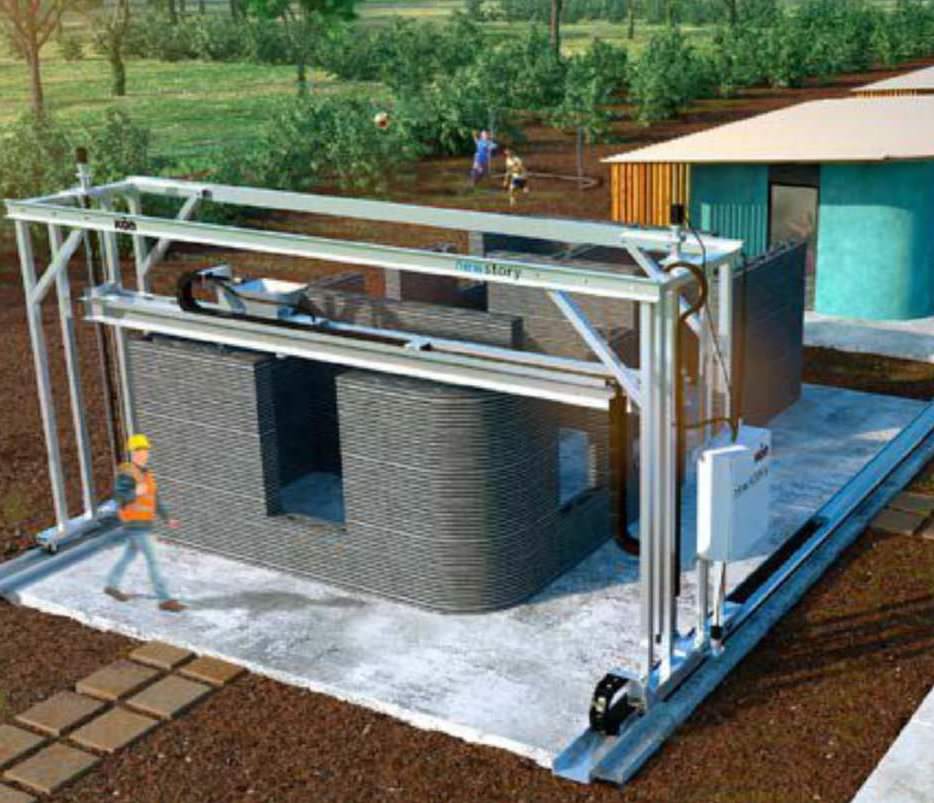
However, in general, jumping ahead a bit, you will see that a 3D printed house can cost as little as $10,000, sometimes less. Let's take a look!
Example 1. House Apis Cor
One rather promising project from Russia. Apis Cor is a Russian company that specializes in the development of a mobile 3D construction printer capable of printing entire buildings on the spot.
Apis Cor built a 410 square foot home to showcase the potential and capabilities of its mobile 3D construction printer. The 3D-printed house cost the company about $10,150 - an incredibly low amount for building a house.
Here is a more detailed list of costs, according to the company's website:
- Foundation: $277
- Walls: $1624
- Floor and roof: $2434
- Wiring: $242
- Windows and doors: 3
- Exterior: $831
- Interior (including stretch ceiling): $1,178.
The company even decorated the house both inside and out.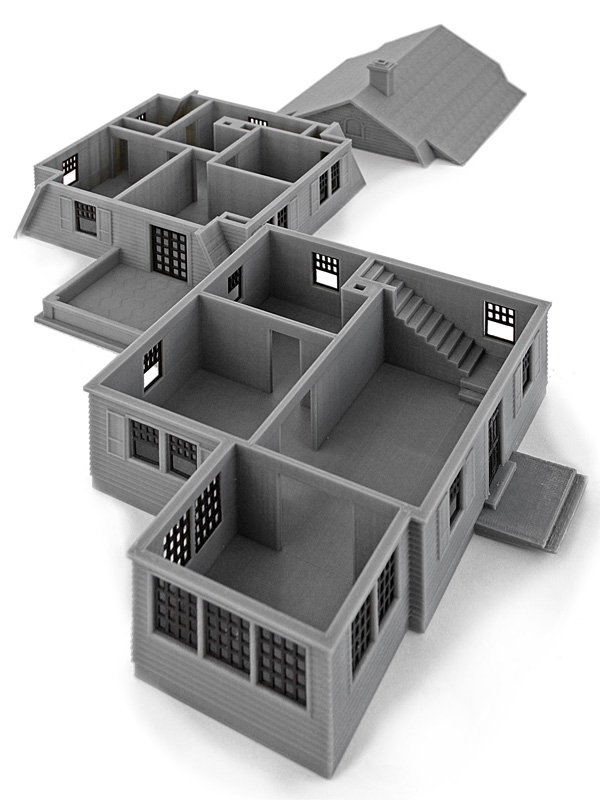 The outside of the house is painted, but inside there is a refrigerator, a large-screen TV, a sofa and other furniture. True, furniture is clearly not included in the price. Apis Cor just wanted to showcase what a finished home could look like.
The outside of the house is painted, but inside there is a refrigerator, a large-screen TV, a sofa and other furniture. True, furniture is clearly not included in the price. Apis Cor just wanted to showcase what a finished home could look like.
Example 2. Is ICON a home for less than $4,000?
Look at the picture above. This house was 3D printed by Texas-based ICON.
ICON specializes in low cost building solutions, so their main project is a 3D printed house.
In partnership with the non-profit organization New Story, ICON plans to build an entire block of these affordable 3D printed houses in El Salvador. The goal is to provide housing for people who, unfortunately, do not yet have adequate housing conditions.
A prototype 3D printed house cost about $10,000, but the company says it can bring that down to $4,000, which is amazing and impressive news. The approximate assembly time for such a house from ICON is approximately 24 hours.
Example 3 Winsum - 10 houses in one day
Winsun from Shanghai became famous in 2014 by reaching the 3D printing milestone of 10 houses in just one day!
Winsun used large concrete 3D printers, 10 meters wide and 6.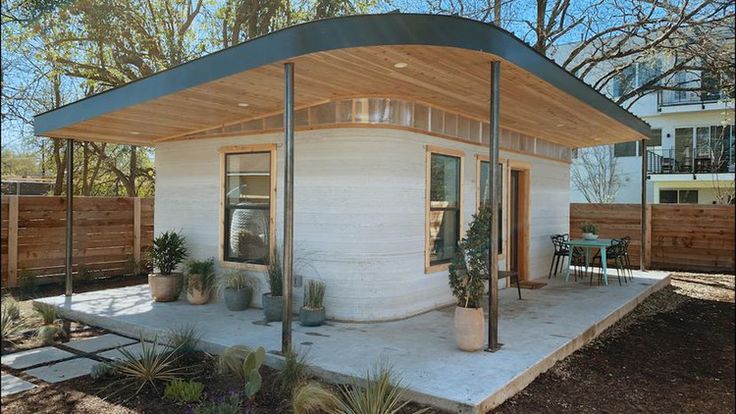 6 meters high. The company said that each 3D printed house costs $4,800, which is surprisingly low for 2014!
6 meters high. The company said that each 3D printed house costs $4,800, which is surprisingly low for 2014!
Although Winsun's 3D houses are not so exquisite, they have generated a lot of public interest. This project has definitely contributed to the increase in the number of houses made with 3D printers and the development of 3D printers themselves for their production.
Winsun is also known for producing one of the most advanced 3D printed buildings to date, which we will discuss in the next section...
Example 4 Office Building in Dubai in the world, printed on a 3D printer. What it is? Beautiful and futuristic office building in Dubai.
The entire 3D printing process took Winsun only 17 days. Up to this point, we have mentioned fairly cheap 3D printed houses, but this building was clearly more expensive - around $140,000. However, compared to what it would have cost had it not been 3D printed, the final price is impressively low.
Conclusions
As we mentioned above, it is difficult to give an exact price for 3D printing at home, since the price depends on the size and complexity of the design.
But keep in mind that these days you can 3D print a house for as little as $4,000. This price covers the frame of the house (base, walls, roof) and, in some cases, wiring.
As you may have noticed, the cost of an office building in Dubai is quite high compared to cheaper and smaller 3D printed houses. For high-tech concrete 3D printed projects, expect construction costs to be around $100,000, which is actually quite low compared to the cost of building the same building using traditional building techniques.
Over time, more and more companies will implement 3D printing of buildings. This, coupled with advances in technology, is sure to drive prices down and quality up.
Read an article about the first 3D printed houses?
3D printing has been used in construction for several years. In this article, you will learn about the first real houses printed on 3D printers.
3D printing of houses is still quite new to the layman.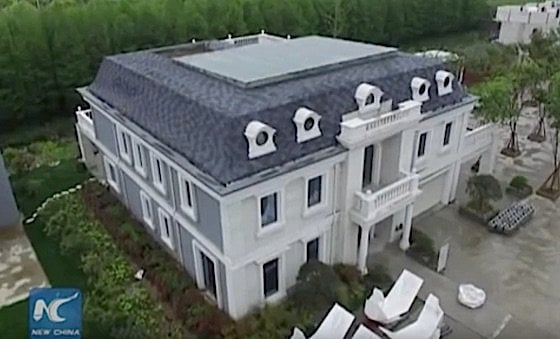 While construction 3D printing technologies have been developed for many years, only a few "real" projects have already seen the light of day. We are still far from technology taking over conventional construction methods. But with each new project, she is getting closer to becoming mainstream.
While construction 3D printing technologies have been developed for many years, only a few "real" projects have already seen the light of day. We are still far from technology taking over conventional construction methods. But with each new project, she is getting closer to becoming mainstream.
There are many benefits to 3D printing. For example, the cost of a 3D printed house can be much lower. And it will take much less time to build.
In order to draw a line under what has already been achieved in this area and show some interesting projects, we have devoted an article to the "first" and the best. These projects will always remain milestones in the 3D construction printing industry as they set the stage for future advances in the field.
First 3D printed house in Germany
Germany is a country often associated with cutting edge engineering, so let's start our list with Germany's first ever 3D printed house.
The house itself is located in Beckum, a city that is partly located in North Rhine-Westphalia, next to Holland and Belgium. This is the first 3D printed house to be fully certified to official building codes. This project will give way to many other 3D printed construction projects in Germany as well as the rest of Europe.
This is the first 3D printed house to be fully certified to official building codes. This project will give way to many other 3D printed construction projects in Germany as well as the rest of Europe.
The project is the result of a collaboration between German construction company Peri and Danish construction 3D printing firm COBOD. Peri is a large corporation that operates not only in Germany, but throughout the EU. Its portfolio includes many products, including scaffolding and formwork solutions that every construction site needs.
Peri followed the construction 3D printing segment for years before acquiring a stake in COBOD in 2018. Now they are pushing the technology together and further. The construction of the house in Beckum began two years after the acquisition of the share.
For 3D printing at home, a BOD2 modular 3D printer from COBOD was used. The printing itself took just over 100 hours.
• Built: (started) September 17, 2020
• Commissioned: summer 2021
• Where: Beckum, North Rhine-Westphalia, Germany
• By: Peri, COBOD
First occupied 3D printed home in the US
Several homes have been printed in the US, but this home is the first officially occupied home, according to CNN. Its creators: the construction company Alquist and the humanitarian organization Habitat for Humanity Peninsula.
Its creators: the construction company Alquist and the humanitarian organization Habitat for Humanity Peninsula.
From a distance, you might think that this is an ordinary house. However, when approaching it, the layered structure of the concrete walls becomes noticeable. After all, 3D printing creates an object in layers.
Surprisingly, the 111.5 square meter concrete structure of the house (was printed in about 12 hours, significantly faster than traditional construction methods would allow.
The house was reportedly bought by April Springfield, who lives there with her son and dog She bought the house through Habitat for Humanity's housing program, and given that the nonprofit's goal is to help solve the global housing crisis, it makes sense to use 3D printing to create affordable homes that will make many people's dreams of home ownership come true.0005
• Built: 2021
• Commissioned: December 22, 2021
• Where: Williamsburg, Virginia, USA
• By: Alquist 3D, Habitat for Humanity Peninsula, Greater Williamsburg
The first five-story 3D printed house
This project, made by the Chinese company WinSun, is a real record holder.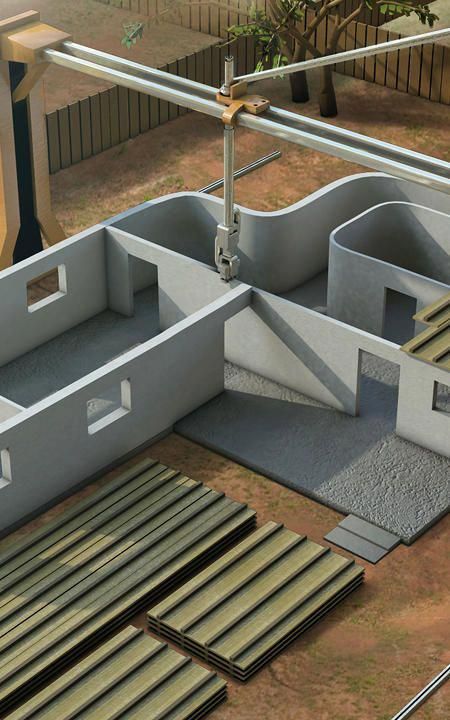 It is a 3D printed five-story residential building with a height of 10 meters - the tallest 3D printed building so far.
It is a 3D printed five-story residential building with a height of 10 meters - the tallest 3D printed building so far.
The house is located in Suzhou Industrial Park in Jiangsu province in eastern China. It stands next to a mansion that was also built by WinSun using a concrete 3D printer.
Looking at WinSun designs, you can't help but notice that they don't look like they've been 3D printed. Usually 3D printed structures are gray in color, the layer lines are clearly visible. But WinSun adds color and makes walls smoother. Nowhere is it stated how the company achieves the smoothness of the walls, but we assume that the workers smooth them by hand. WinSun projects are not like the ones we're used to.
• Built: Winter 2014
• Commissioned: Not specified
• Where: Suzhou, Jiangsu, China
• By: WinSun
First 3D printed biodegradable house
Can you guess that there is rice in the walls of this house?
Most 3D printed buildings are made from concrete mix.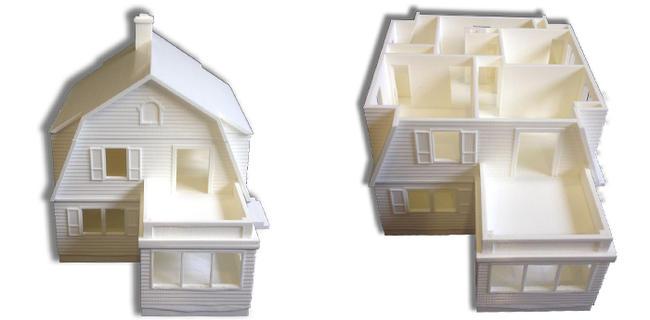 But this project is different from the rest. With the aim of creating housing solutions with little to no environmental impact, Italian company WASP 3D printed Gay's house using soil and agricultural waste.
But this project is different from the rest. With the aim of creating housing solutions with little to no environmental impact, Italian company WASP 3D printed Gay's house using soil and agricultural waste.
WASP developed the sustainable blend in collaboration with Ricehouse, a company that specializes in using natural and agricultural materials such as clay and rice in construction.
The house is named Gaia in honor of the ancient Greek goddess of the earth. In fact, 25% of the mixture contains local soil, 10% hydraulic lime, 25% rice husks and 40% crushed rice straw (a by-product of rice production at harvest).
An innovative solution not only in terms of material, but also in the design of the walls themselves. The specific corrugated structure was used to provide ventilation on warm days as well as insulation on cold periods, virtually eliminating the need for air conditioning.
Gay's house is small - about 20 square meters. The wall printing took only 10 days, while the estimated materials cost is just under $1,000.
• Built: not specified
• Commissioned: October 7, 2018
• Where: Massa Lombarda, Ravenna, Italy
• By: WASP, Ricehouse
AirBnB's First 3D Printed Home
The perfect weekend getaway.
You can find many different types of accommodation on AirBnB, but what about a 3D printed home?
The so-called Fibonacci house is the first 3D printed house to be offered for booking through AirBnB. Considering that it is located in rural British Columbia, it will be a wonderful place to stay.
Although the Fibonacci house looks small, it has a lot to offer vacationers. About 35 square meters is enough to accommodate up to four people.
The concrete walls of the house were designed and printed by Dutch 3D printing firm Twente. 20 concrete parts were produced offsite in just 11 days. The material was produced by Laticrete. The parts were later transported and assembled at their current location.
• Built: 2020
• Commissioned: Not specified
• Where: Kootenays, British Columbia, Canada
• By: Twente Additive Manufacturing
The first 3D printed houseboat
Prvok is not only the first 3D printed house in the Czech Republic, but the world's first floating 3D printed house on a pontoon.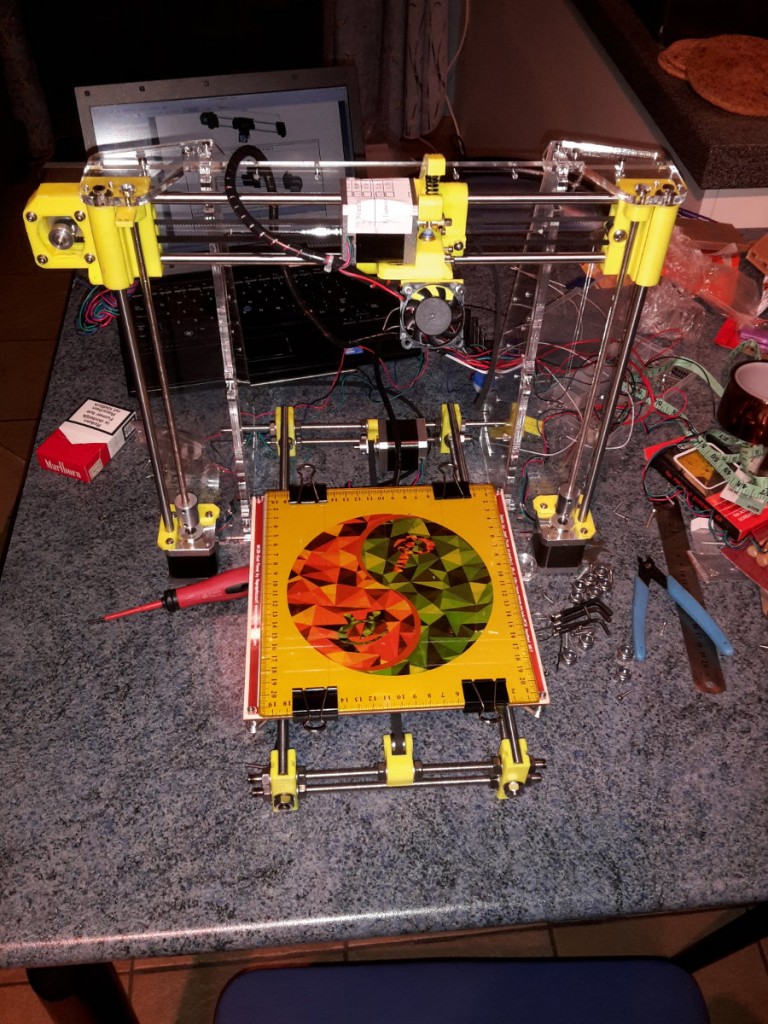
The project was carried out by the start-up company Scoolpt. The concrete structure of the houseboat took only 22 hours to print.
Approximately 43 square meters of living space divided into bathroom, bedroom and living room with kitchen. Weight isn't usually discussed in the context of houses, but given that this one is on water, it's interesting to note that Prvok weighs 43 tons.
The house is equipped with a built-in recirculating shower and tanks for drinking and municipal water and has a service life of at least 100 years.
• Built: June 2020
• Commissioned: August 18, 2020
• Where: Prague, Czech Republic
• By: Scoolpt
Europe's first 3D printed residential house
Not every 3D printed house has visible line layers.
More often than not, 3D printed houses are demos made to show what the technology can do. For most of them there is no information about the actual residents. But in 2017, the couple did move to live in a 3D printed house located in Nantes, France.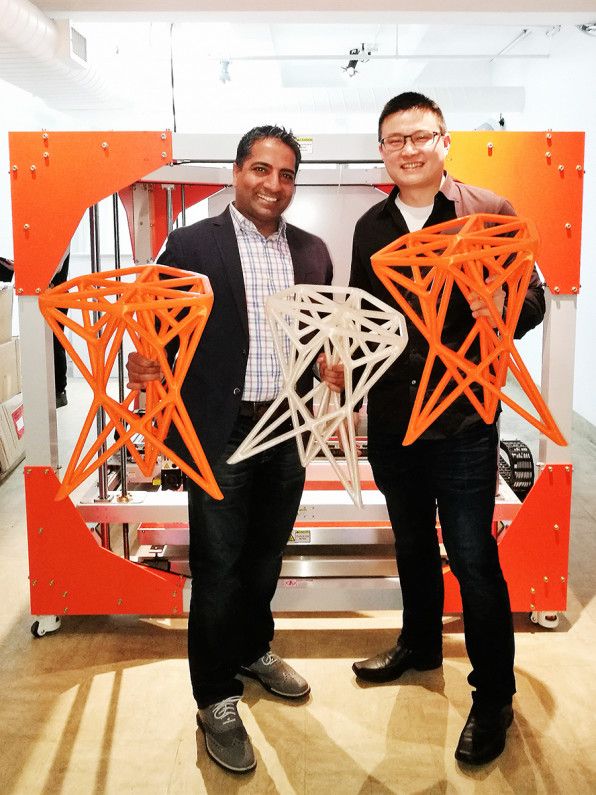 Thus, the house of "Yanov" became the first of its kind, which was inhabited in Europe.
Thus, the house of "Yanov" became the first of its kind, which was inhabited in Europe.
The house is a project of the University and the Laboratory of Digital Sciences of Nantes. An interesting aspect of the project is the special technique used in its construction by BatiPrint3D. Instead of 3D printing a concrete structure, the robotic arm created wall shells using polyurethane, a material used for insulation. Later, these membranes were filled with concrete.
It took a total of 54 hours to print. It took a little over 4 months to complete the construction. Mainly due to the fact that the rest of the components were created using conventional means. House area - 95 square meters.
• Built: 2017
• Commissioned: March 2018
• Where: Nantes, France
• By: University of Nantes, Nantes Digital Science Lab
India's first 3D printed house
This building was built in a couple of days.
India's first ever 3D printed house was completed back in 2020. The project was carried out by construction startup Tvasta, founded by graduates from the Indian Institute of Technology Madras. In fact, the institute's Chennai campus was chosen as the location of the building.
The project was carried out by construction startup Tvasta, founded by graduates from the Indian Institute of Technology Madras. In fact, the institute's Chennai campus was chosen as the location of the building.
The significance of this project lies in its possible impact on the solution of the housing crisis worldwide and in India in particular. The ability to build such a house within a few days and at a low cost cannot be underestimated.
House 55.7 sq.m. with a spacious layout, one bedroom, combined kitchen and living room.
The concrete structure of the house was 3D printed off site and the parts were later transported and assembled on campus. The foundation, meanwhile, was built using the conventional method of pouring concrete into the ground.
• Built: 2020
• Commissioned: Not specified
• Where: Chennai, India
• By: Tvasta Construction
Africa's first 3D printed house
Back in 2019, in the Moroccan city of Ben Guerir, Spanish firm Be More 3D created Africa's first 3D printed house.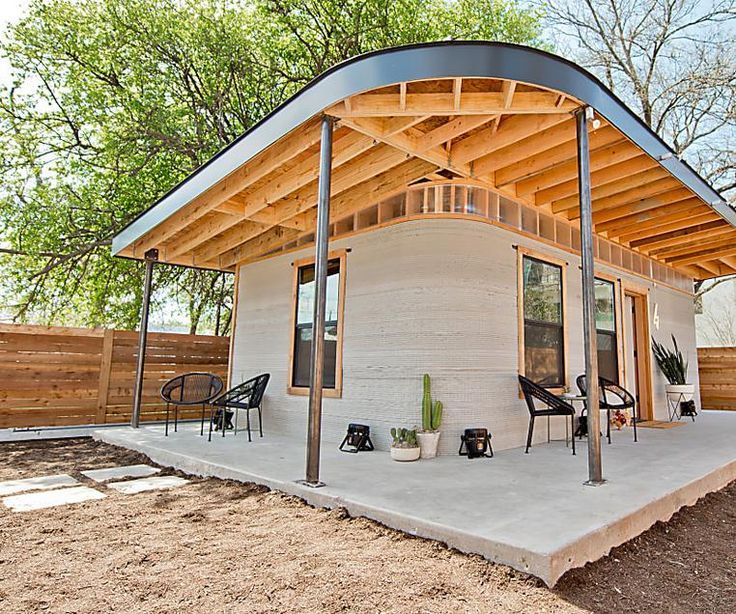 The project originated during the team's participation in the Solar Decathlon in Africa. This is an international competition during which teams design and build solar-powered houses.
The project originated during the team's participation in the Solar Decathlon in Africa. This is an international competition during which teams design and build solar-powered houses.
Be More 3D printed house 32 sq.m. in about 12 hours, took first place and received the title of the most innovative startup.
Be More 3D didn't stop building in Africa and later created the first 3D printed house in Spain and developed its own concrete 3D printer in partnership with several corporations from the automation and materials industries.
• Built: 2019
• Commissioned: Not specified
• Where: Ben Guerir, Morocco
• By: Be More 3D
First 3D printed home for sale in the US
Last on our list is the first 3D printed home for sale in the US.
This house was printed in the same place by SQ4D, a company specializing in the development of robotic building systems. The building was printed with SQ4D's Arcs concrete extrusion system and has a 50-year warranty on the printed structure.






